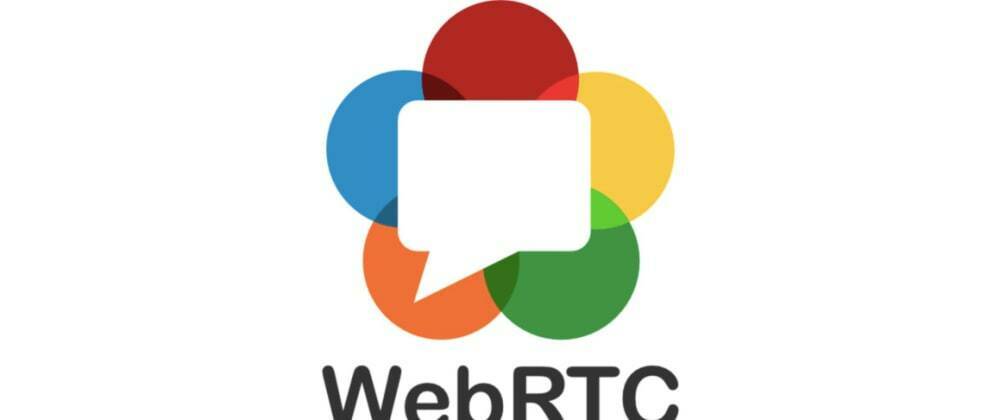Introduction
Hello! I recently heard about the PlanetScale X Hashnode hackathon, so I thought I'd give it a try.
Please note that this is my first Hackathon so any advice etc. is very appreciated. 😀
The Project
I decided to create a simple 1 to 1 meeting tool using WebRTC.
The current market is mostly dominated by Google Meets/Zoom but I didn't need all the fancy features they possess, I just wanted something simple so I thought this hackathon would be a great chance to just build it. 😎
Tech Stack
The tech that was used to create the project is as follows:
- React - To build the frontend
- Nodejs - To build the backend
- Express - To handle API requests
- Socket.io - To handle WebSocket chat/signalling
- PlanetScale - The database
- Material-ui - For the design
- Heroku - To host the app
The Finished Project
The page that the user is first greeted with when loading the app is the create room page:
Yes, I know it's very simple. 😅
The user can then create a new room by clicking on the "Create Room" button, this sends a request to the server which then creates a new room and stores the room key inside the planetscale database.
Once the room is created the following popup appears:
The popup informs the user that the new room is created and gives the options to copy the room url and a link which redirects the user to the created room.
The following screenshot shows what the page looks like when two users enter the room:
The top left video is the local user's video whilst the video that takes up most of the screen is the remote user's video.
There is also a chat window to the right that allows both the user's to send chat messages to each other.
Project Uses
The application can be used for the following scenarios:
- 1 to 1 chat
- Meetings
- Mentoring
- Simple Appointments
Main Issues
The main issues I had with the project where:
- I suck at UI
- React's useEffect hook is useful, but if you use it incorrectly it can occur an infinite loop
- Couple of issues regarding ports when uploading to Heroku (you can't use multiple ports)
- At first it would be okay to delete the room after use but I decided not to so the user can use the room they created without having to re-create everytime
Future Plans
My future plans for the project are as follows:
- Implement Screen Share
- Implement Recording
- Ability to mute video/audio
- Saving the chat messages to PlanetScale.
Thoughts on PlanetScale
Since this is the first time I've ever used PlanetScale, I thought I'd share my experience with using it.
Creating a database is as simple as clicking a button, the quick start guides and the sample nodejs app they provide allowed me to easily get started without any issues at all. 😃
Also it gets rid of the hassle of hosting your own database, which can be a bit of a pain.
If you have a little bit of mySQL knowledge, you won't have any problem getting started with it.
Hopefully I will have the chance to implement it in future projects. ☺️
Links
Finished Project: https://pacific-lowlands-02656.herokuapp.com/
Github: https://github.com/ethand91/simple-meeting
Conclusion
Thank you for reading my article. 😀
I learned a lot when building this project, especially React, which I'm still new to.
This was also the first time I've ever deployed an actual app to Heroku. (Which did waste quite a few hours).
I hope you enjoyed reading my first Hackathon article. It was a really thing learning experience and give me a chance to actually build something. I hope to participate in future Hackathons too. 👀










Latest comments (3)
Nice! WebRTC is awesome :)
I couldnt find your frontend code, but if you want to add mute/unmute of your track:
Oh and for screen sharing, just replace
getUserMediawithgetDisplayMedia:Thanks for the sample code! :)
There are lots of things you can do with WebRTC, hard to learn but it's fun!
Yea it can take a while to wrap your head around the concept, but very rewarding once you do "get" it.